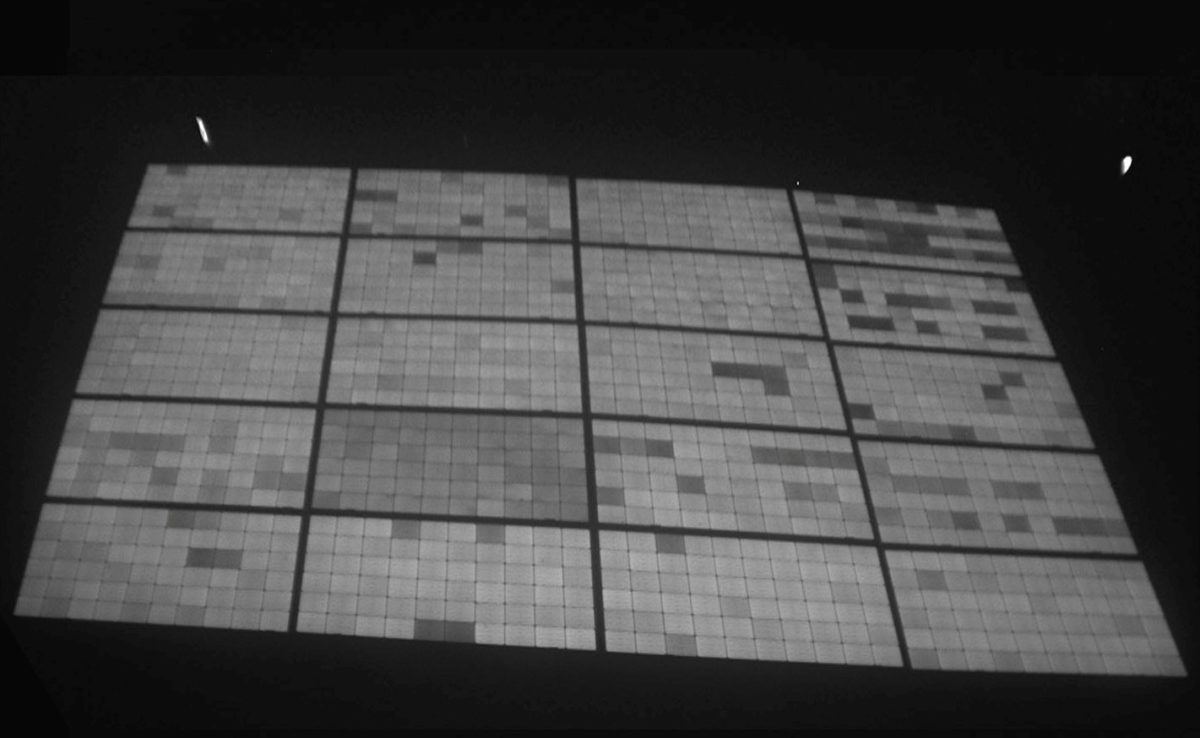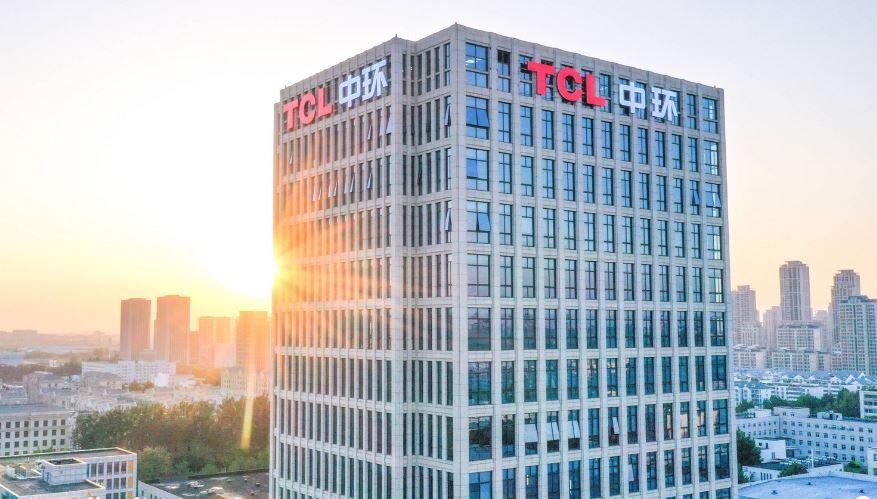Light-induced degradation (LID) has been a thorn in the side of solar manufacturers for decades, preventing full utilization of the impressive efficiency gains solar technology has achieved in recent years. And since the passivated emitter rear cell (PERC) concepts that now represent the mainstream in solar production are particularly vulnerable to LID effects, the issue has become even more important.
Without treatment, LID can cause as much as 10% relative efficiency loss in the first month after installation, and while treatments are available and widely used on production lines, these do not eliminate the issue entirely. And when another degradation mechanism, light elevated temperature induced degradation, is factored, the issue becomes yet more complex.
A team of scientists at the University of Manchester in the UK now says it has identified a previously unknown material defect which is responsible for LID. This defect lies dormant in the material until exposed to sunlight, when it creates a “trap” that impedes the flow of electrons, reducing the efficiency of the cell via a process the University of Manchester calls trap-assisted Auger recombination.
The process and the methods employed to identify it are described in the paper Identification of the mechanism responsible for the boron oxygen light induced degradation in silicon photovoltaic cells, published in the Journal of Applied Physics.
“Flow of electrons is what determines the size of the electrical current that a solar cell can deliver to a circuit, anything that impedes it effectively reduces the solar cell efficiency and amount of electrical power that can be generated for a given level of sunlight,” explained Iain Crowe, associate professor at Manchester University’s School of Electrical and Electronic Engineering. “We’ve proved the defect exists, it’s now an engineering fix that’s needed.”
The researchers also noted that the defect is reversible, with the material’s carrier lifetime increasing again when heated in the dark — which fits in with industry knowledge of LID and the current processes used to mitigate it.
The researchers say they will now extend their observations to include a range of different concentrations of boron and oxygen — interactions between which are responsible for the LID effect, to better understand how the process is initiated.
This content is protected by copyright and may not be reused. If you want to cooperate with us and would like to reuse some of our content, please contact: editors@pv-magazine.com.




By submitting this form you agree to pv magazine using your data for the purposes of publishing your comment.
Your personal data will only be disclosed or otherwise transmitted to third parties for the purposes of spam filtering or if this is necessary for technical maintenance of the website. Any other transfer to third parties will not take place unless this is justified on the basis of applicable data protection regulations or if pv magazine is legally obliged to do so.
You may revoke this consent at any time with effect for the future, in which case your personal data will be deleted immediately. Otherwise, your data will be deleted if pv magazine has processed your request or the purpose of data storage is fulfilled.
Further information on data privacy can be found in our Data Protection Policy.